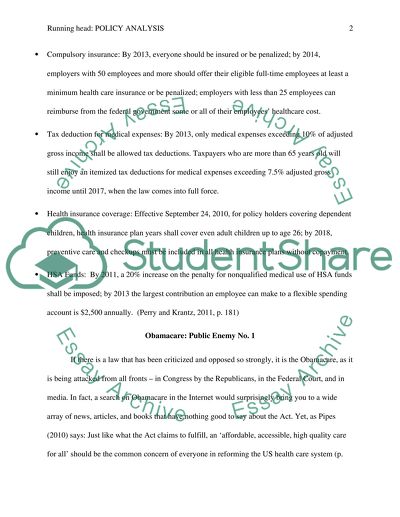Cite this document
(“Policy Analysis: The Patient Protection and Affordable Care Act Research Paper”, n.d.)
Retrieved from https://studentshare.org/nursing/1431048-policy-analysis-project
Retrieved from https://studentshare.org/nursing/1431048-policy-analysis-project
(Policy Analysis: The Patient Protection and Affordable Care Act Research Paper)
https://studentshare.org/nursing/1431048-policy-analysis-project.
https://studentshare.org/nursing/1431048-policy-analysis-project.
“Policy Analysis: The Patient Protection and Affordable Care Act Research Paper”, n.d. https://studentshare.org/nursing/1431048-policy-analysis-project.


